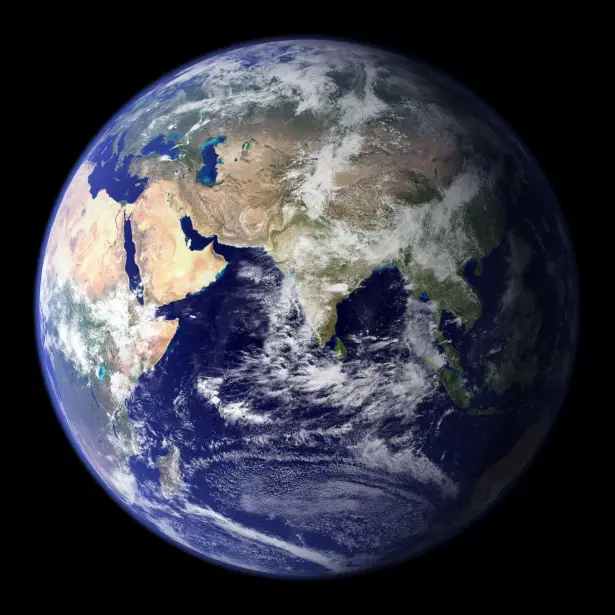Scientists have been working hard to figure out how old the earth is, and now they’re getting closer than ever to an answer – or at least, they think they are. A new study published in the journal Nature reveals that the earth might be as old as 4.3 billion years, but some scientists think the earth might be older than that by about one billion years! Either way, we’re still talking about an incredibly old planet that has seen so much change in its lifetime, including multiple ice ages and even the extinction of dinosaurs.
Methane
Scientists have found a new way to measure our planet’s age. This new method, published earlier today in Nature, relies on carbon-isotope ratios, which reflect how much methane was being produced by microbes living inside seafloor hydrothermal vents. The team of geologists and geochemists used these ratios to discover that roughly 3.77 billion years ago—roughly 300 million years after Earth formed—microbes began to metabolize methane and release hydrogen gas into the oceans.
Tree Rings
The narrow band of dark wood in a tree trunk, known as a tree ring, represents one year’s growth. The thickness of each ring varies from season to season: A good growing season produces a thicker ring; droughts or other unfavorable conditions result in thinner rings. Scientists have long used tree rings to estimate ages for very old trees, but new research published Wednesday reveals that scientists can extend that technique to older land masses and help date mountains and rocks millions of years old.
Radiometric Dating
A new study of ancient rocks from Central Africa has revealed that some rocks are up to 3.4 billion years old, suggesting that life on earth may have begun much earlier than previously believed. The research, published yesterday in Nature Geoscience, identified large amounts of a uranium isotope with a half-life of 704 million years within potassium-rich igneous rocks found near what was once an ancient ocean floor.
Dinosaur bones
Scientists have long puzzled over how old dinosaurs were when they died. Fossilized bones from creatures that roamed the earth millions of years ago can be used to estimate their age, but only within a limited range of error. Now researchers have developed a new technique for analyzing dinosaur fossils, based on chemical compounds found in volcanic rock which are known to accumulate at a consistent rate over time.
Temperatures from Ice Cores
Scientists have long relied on ice cores to learn about our planet’s past. By examining air bubbles trapped within ancient glaciers, researchers can assess previous weather patterns—which gives them an idea of temperatures around different regions at various points in time. Now, thanks to new research from scientists at Oregon State University and Stanford University, they can also determine exactly how old our planet really is—at least according to one measurement. And their findings are particularly interesting… How old do you think our planet is?
Moon Dust
After collecting samples of moon dust and analyzing them, scientists have confirmed that Earth is 4.5 billion years old—100 million years older than previously thought. Prior to these findings, scientists had believed that our planet was roughly 4.3 billion years old because meteorites contain isotopes from space that date back to when they were first formed. Scientists then assumed that Earth must be about as old as those rocks. But new research suggests otherwise. A team of researchers led by John Valley, a professor at the University of Wisconsin-Madison, found that some rocks on Earth contain traces of zirconium silicate minerals with uranium-lead ratios similar to those found in lunar samples.
![]()
